Employers Add 187,000 Jobs in August Led By Health Care and Hospitality
The report is further confirmation the labor market has softened in recent months.
Written by Tim Smart and originally featured in U.S. News & World Report
Employers added 187,000 jobs in August, above expectations and in line with a labor market that is rebalancing back to normal, the Labor Department reported on Friday.
The unemployment rate, meanwhile, increased to 3.8% from its prior level of 3.5%. The number was above estimates of a gain of around 170,000. Other labor market data released this week showed a gradual softening of demand for workers from employers. That would be consistent with a “soft landing” scenario where the economy cools off enough to keep inflation on a downtrend but not so much as to bring on a recession.
The August jobs report included revisions to the last two months, lowering the gains in June and July combined by 110,000 jobs.
Markets have embraced the idea of a cooling labor market, buying into the belief that the Federal Reserve has reached the end of its tightening cycle and that interest rates have peaked.
Earlier this week, the government reported that the number of job openings fell to 8.8 million at the end of July, from 9.2 million a month earlier. And private payroll firm ADP’s monthly jobs survey for August found employers added 177,000 jobs in the month, below expectations.
“The job openings are coming down, the wage growth is easing and the number of people quitting their jobs is coming down, that’s all good for a soft landing,” says Venkat Balakrishnan, head of asset allocation at Mission Square Retirement.
In particular, some workplace observers say companies have transitioned back to the pre-pandemic era when they were able to hire as needed without worrying about losing candidates or paying too much for them.
“People were hiring sight unseen,” during the pandemic, says Scott Hamilton, global managing director of Gallagher's Human Resources & Compensation Consulting practice. “People are being much more deliberate now, the panic buying has gone out of the market.”
The labor market is a key component of the Fed’s mission, along with price stability, and traditional economic theory holds that as labor markets tighten too much, inflation predictably rises. But that linkage has been called into question during the past three years of the coronavirus pandemic as issues like supply chain bottlenecks and excess stimulus from Washington led to distortions in the economy.
But now, there is growing evidence that with the balance between supply and demand in the labor market and a campaign of higher interest rates from the Fed, inflation has receded. At the same time, improvements in the supply chain and a withdrawal of economic stimulus has had an impact on consumer demand.
“Clearly, the labor market is softening,” says Tony Welch, chief investment officer at Signature FD. Recent economic data from jobs to inflation is “enough of a package to pause” any further interest rate hikes by the Federal Reserve, he adds.
The downshift reverses a period of high growth for the labor market coming out of the pandemic. But even as that happens, one success story has been the performance of Hispanic workers. They are projected by the Labor Department to account for 78% of the net new jobs gained from 2020 to 2030. That would bring the number of Hispanic workers in the labor force from 10.7 million in 1990 to 35.9 million in 2030.
The gain has come for two reasons: Hispanics are younger overall, at an average age of 38.5 to 42 for non-Hispanics and the jobs they tend to hold are in leisure and hospitality, transportation and warehousing, and construction, sectors that have outperformed in recent years.
“I don’t have to tell you those are areas where Hispanics play a big role,” says Javier Palomarez, CEO of the U.S. Hispanic Business Council. He notes that “Hispanic men have the highest employment rate at 75%.”
